Rare Photos of Thriving Wildlife in the DMZ Between North and South Korea
![]()
Newly-released photos show the diverse and flourishing wildlife inside the Korean demilitarized zone (DMZ) that has been left untouched for 70 years.
Research by South Korean institutions and released by Google has revealed a high level of biodiversity in the 160-mile (257-kilometer) long buffer zone that runs between the two countries and is surrounded by fences and landmines.
Golden eagles, bears, and wildcats are just some of the 6,168 wildlife species that were found in images released by Google last week.
The insightful photographs were taken by unmanned eco cameras installed in the DMZ by the National Institute of Ecology.
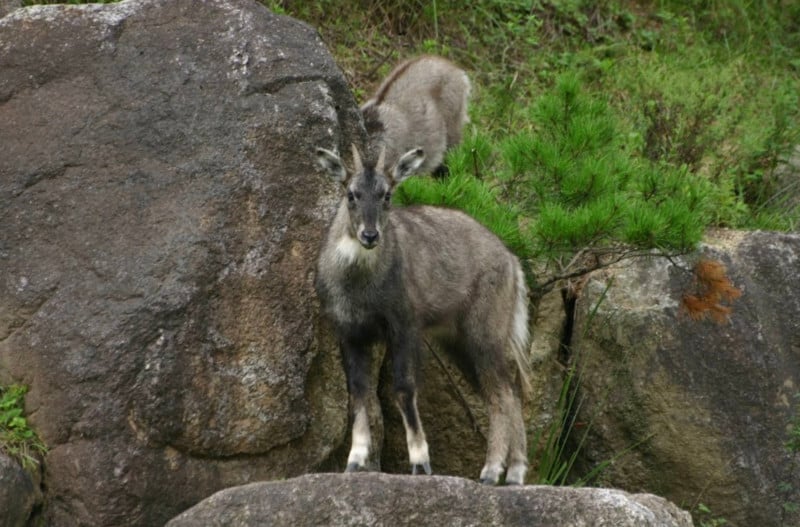
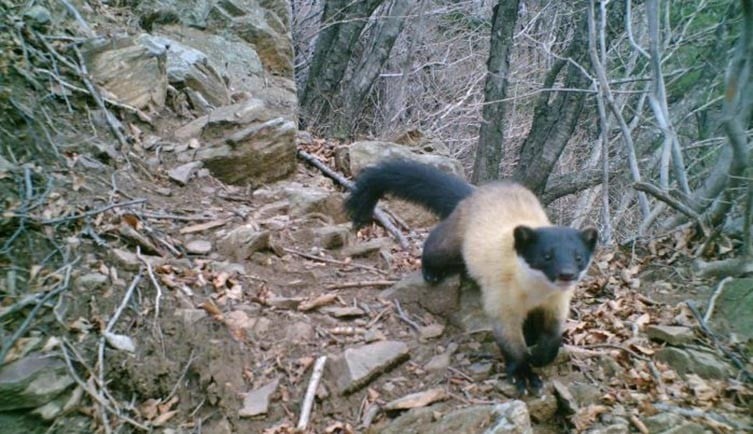
The zone has become a sanctuary for wildlife, particularly for endangered species; 38% of Korea’s 267 endangered species live there.
The zone covers 560 square miles and takes in a range of environments from snow-capped mountains to swamp areas. It stretches from east to west with a two-and-a-half-mile (four-kilometer) gap separating the borders of the two countries.
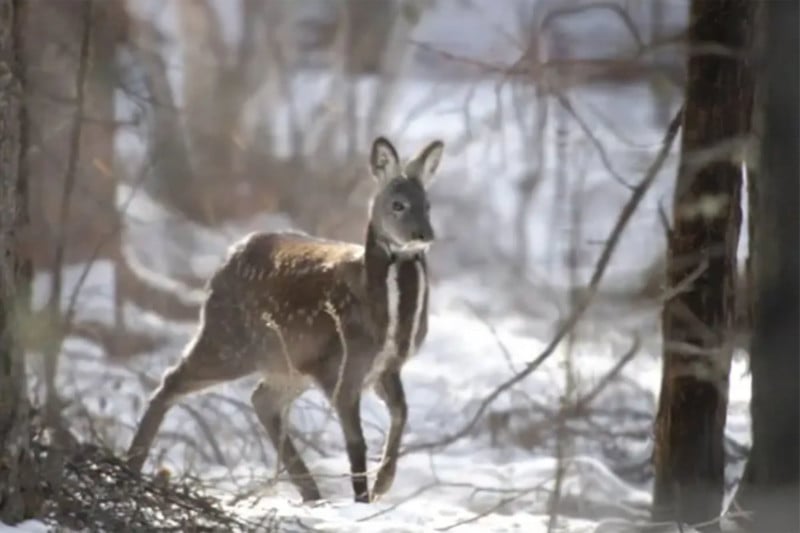
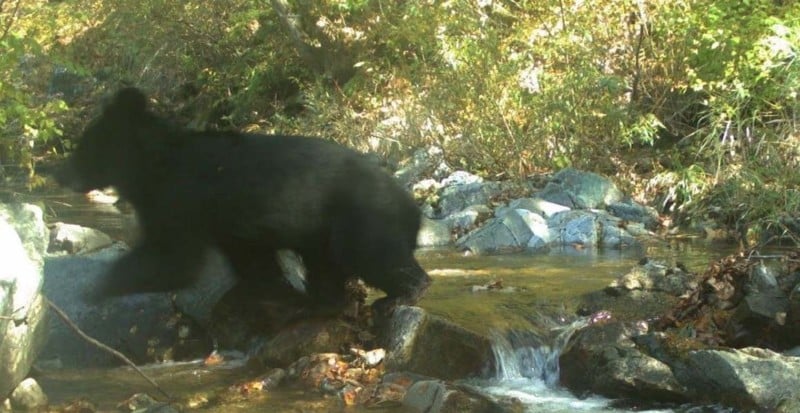
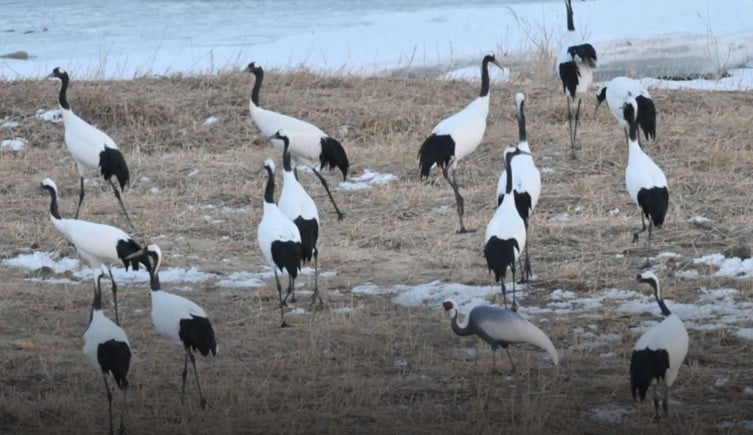
“The DMZ region represents a sad history for the two Koreas. But it has been a rare haven for the many wildlife living there,” Kim Seung-Ho, the Head of DMZ Ecology Research Institute, tells the Wall Street Journal.
The DMZ was created in 1953 to maintain a ceasefire between North and South Korea after the Korean War. This summer will mark 70 years since the Armistice Agreement.
Google Arts and Culture released the images as part of a look at Korea’s demilitarized zone which also includes a virtual tour of historical sites.
“After the Korean War, the DMZ had minimal human interference for over 70 years, and the damaged nature recovered on its own,” Google writes. “As a result, it built up a new ecosystem not seen around the cities and has become a sanctuary for wildlife.”
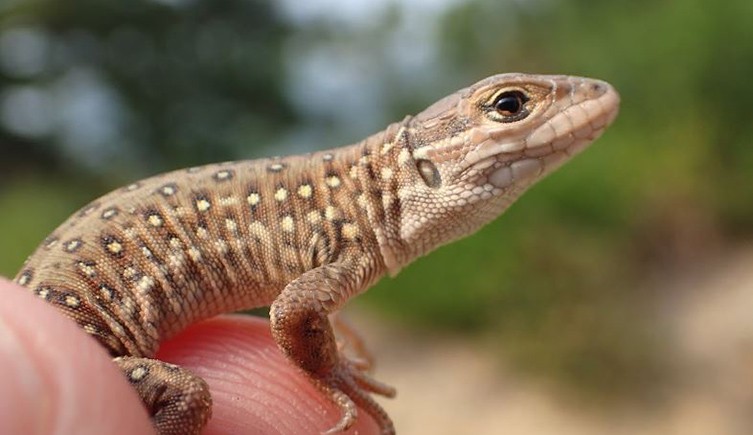
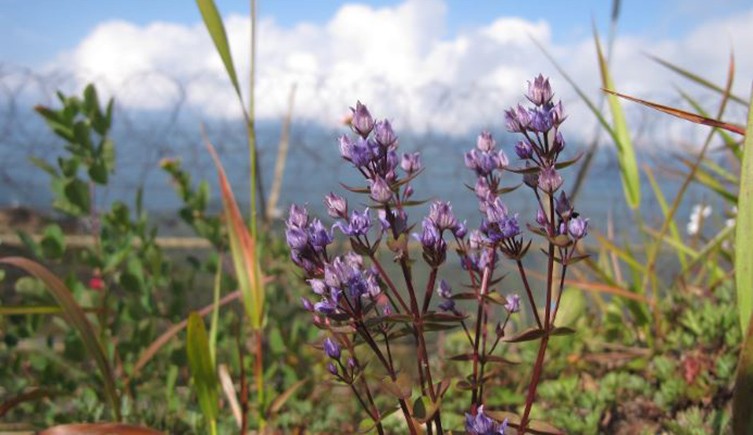
Cameras picked up an image of an Asiatic black bear which was the first time one had been spotted in 20 years by the researchers. The bears have rapidly decreased in population due to poaching and reduced habitats, making them an endangered species.
A cute picture of a wildcat also appeared in the research who is described as an “apex predator” in the Korean ecosystem.
“They are usually active at night and feed on various prey, including rodents, birds, and insects”
The unusual-looking and endangered Musk deer is found in the Baekdu mountain range. The vampirish deers don’t grow horns but have long fangs protruding from their upper jaw.
More about the project can be found on its website.
Image credits: All photos courtesy of the National Institute of Ecology/Google Arts & Culture.